Descubre Lanzarote
Explora paisajes volcánicos, vinos únicos, cielos estrellados
Desde rutas de senderismo hasta catas de vino, desde playas impresionantes hasta observación de estrellas de clase mundial, descubre las experiencias únicas que hacen de Lanzarote un destino inolvidable.
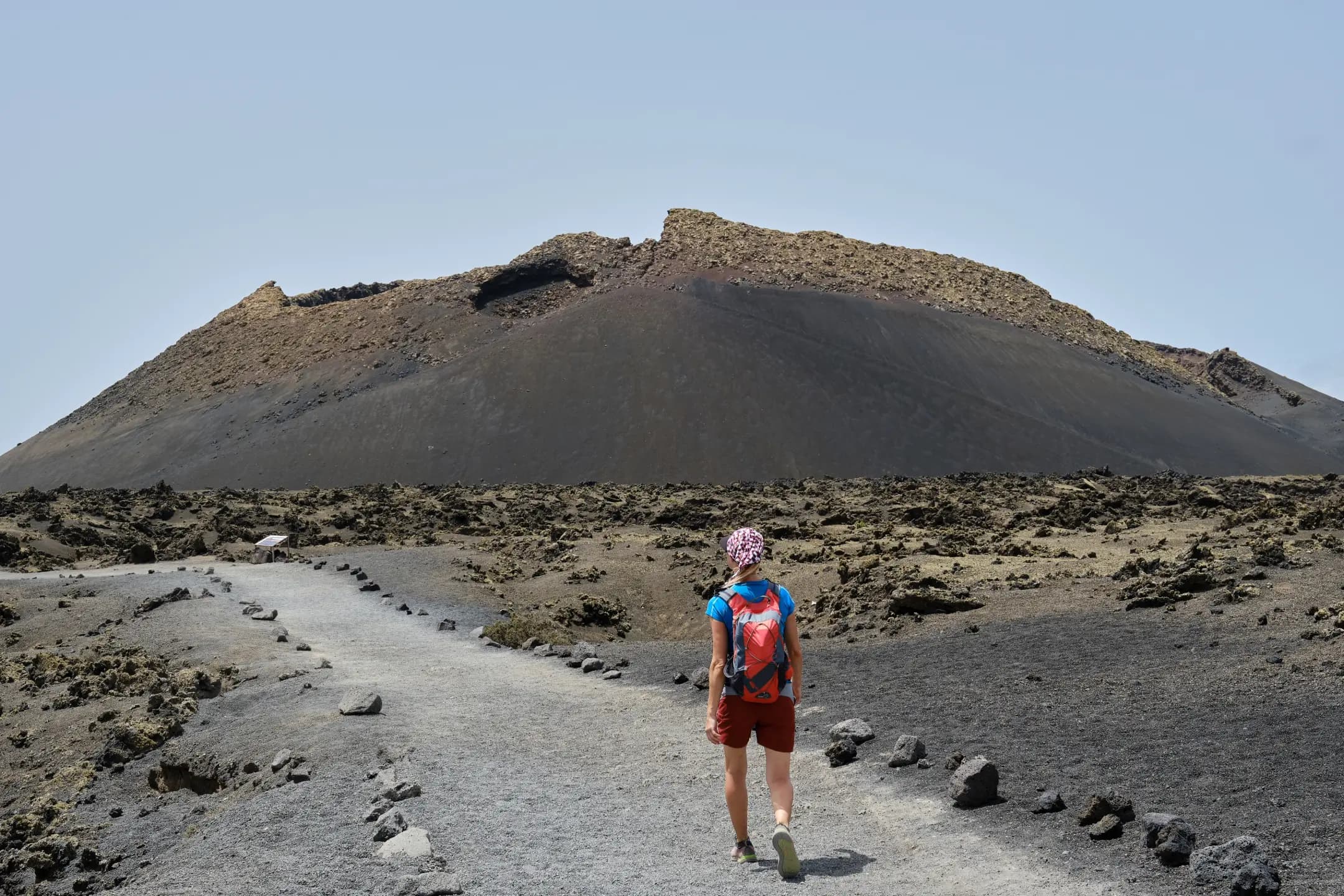
Explora Paisajes Volcánicos
Rutas de Senderismo
Descubre diversos senderos a través del único terreno volcánico de Lanzarote, desde caminatas familiares hasta rutas desafiantes con vistas impresionantes del Atlántico.

Sabores Únicos de la Tierra
Tours de Vino Volcánico
Visita las bodegas de La Geria y descubre cómo las vides cultivadas en ceniza volcánica negra producen los distintivos vinos Malvasía de Lanzarote.

Cielos Oscuros de Clase Mundial
Observación de Estrellas
Experimenta algunos de los cielos más oscuros de Europa con condiciones prístinas para observación de estrellas durante todo el año desde nuestras villas del norte de Lanzarote.
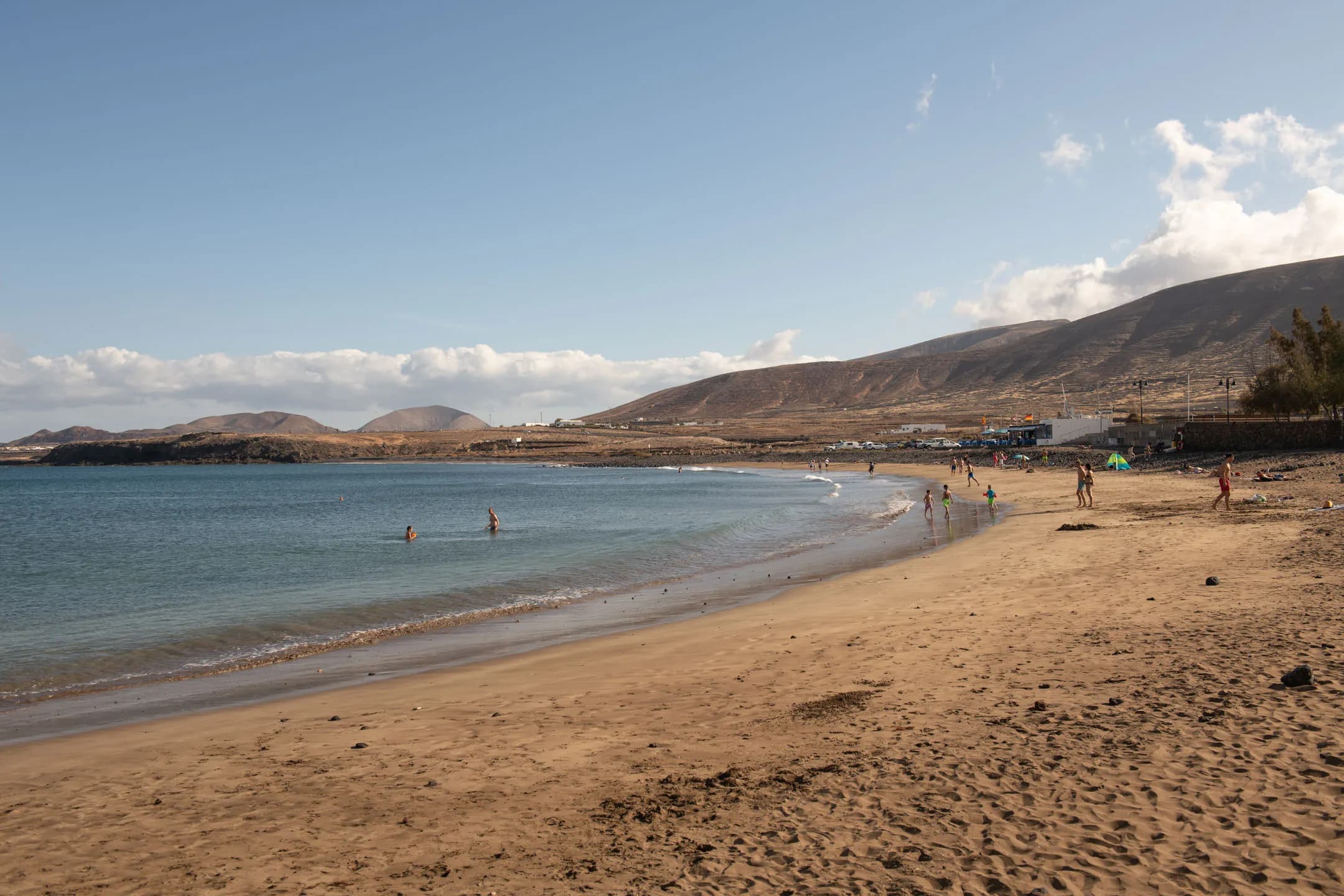
Arena Dorada y Aguas Turquesas
Playas y Costas
Desde la popular Playa de Famara hasta calas escondidas, descubre las diversas playas de Lanzarote perfectas para nadar, surfear y relajarse.
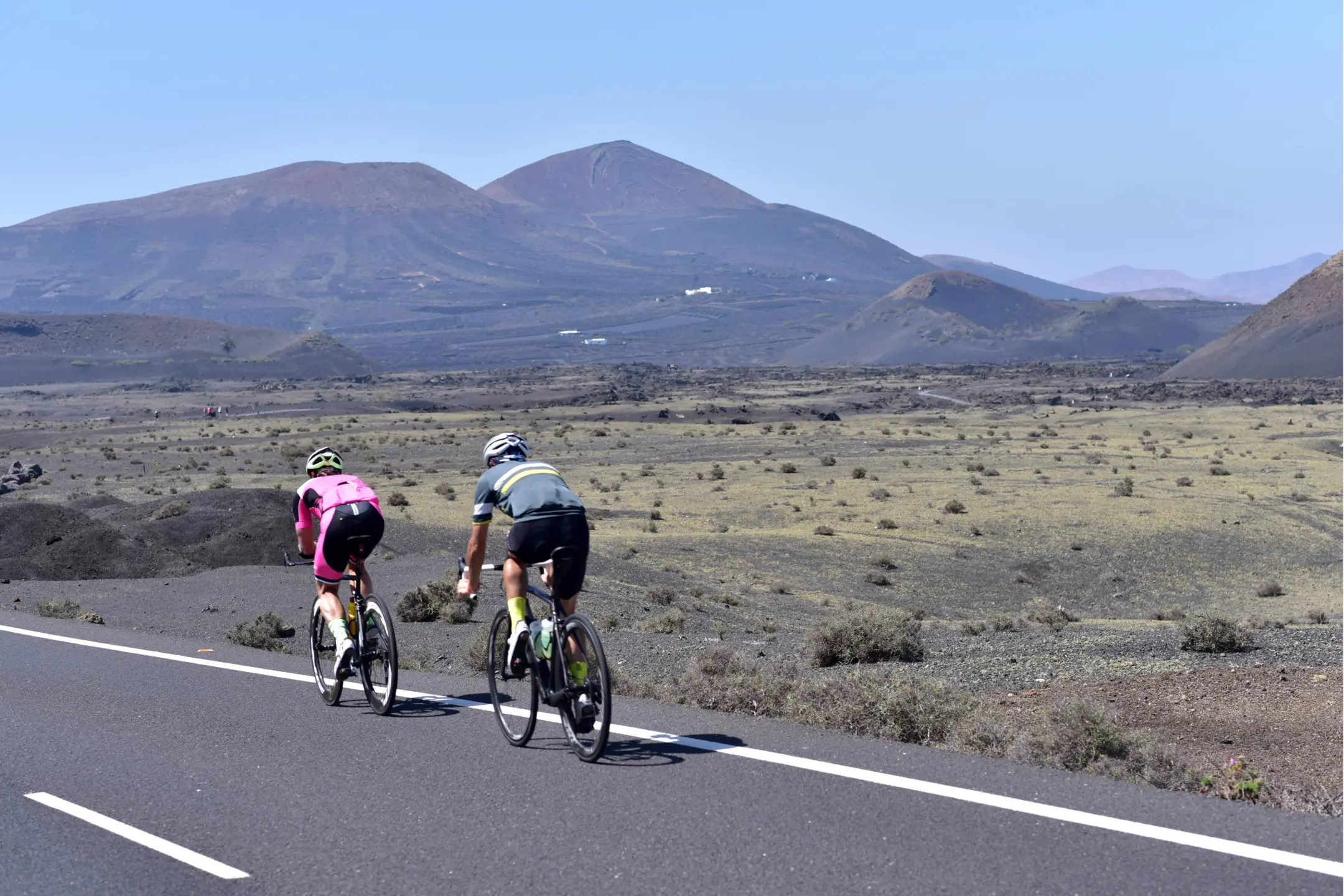
Aventuras Todo el Año
Deportes y Actividades
Desde surf de clase mundial hasta ciclismo, buceo y más, el clima perfecto y el terreno diverso de Lanzarote ofrecen infinitas oportunidades para actividades.
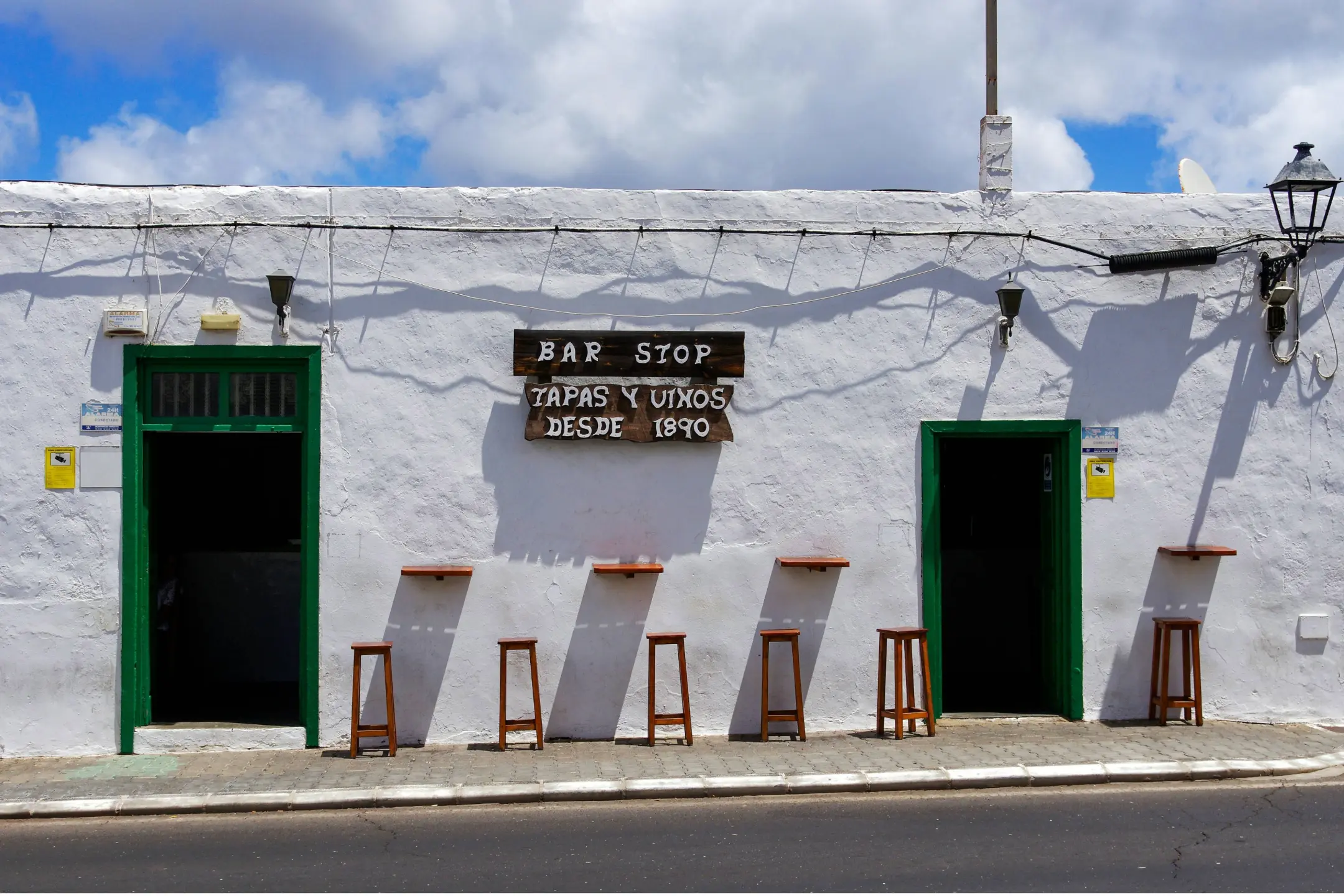
Sabores de las Islas Canarias
Gastronomía Local
Descubre la vibrante escena culinaria de Lanzarote, desde tabernas tradicionales canarias que sirven pescado fresco hasta restaurantes modernos con vistas al océano.
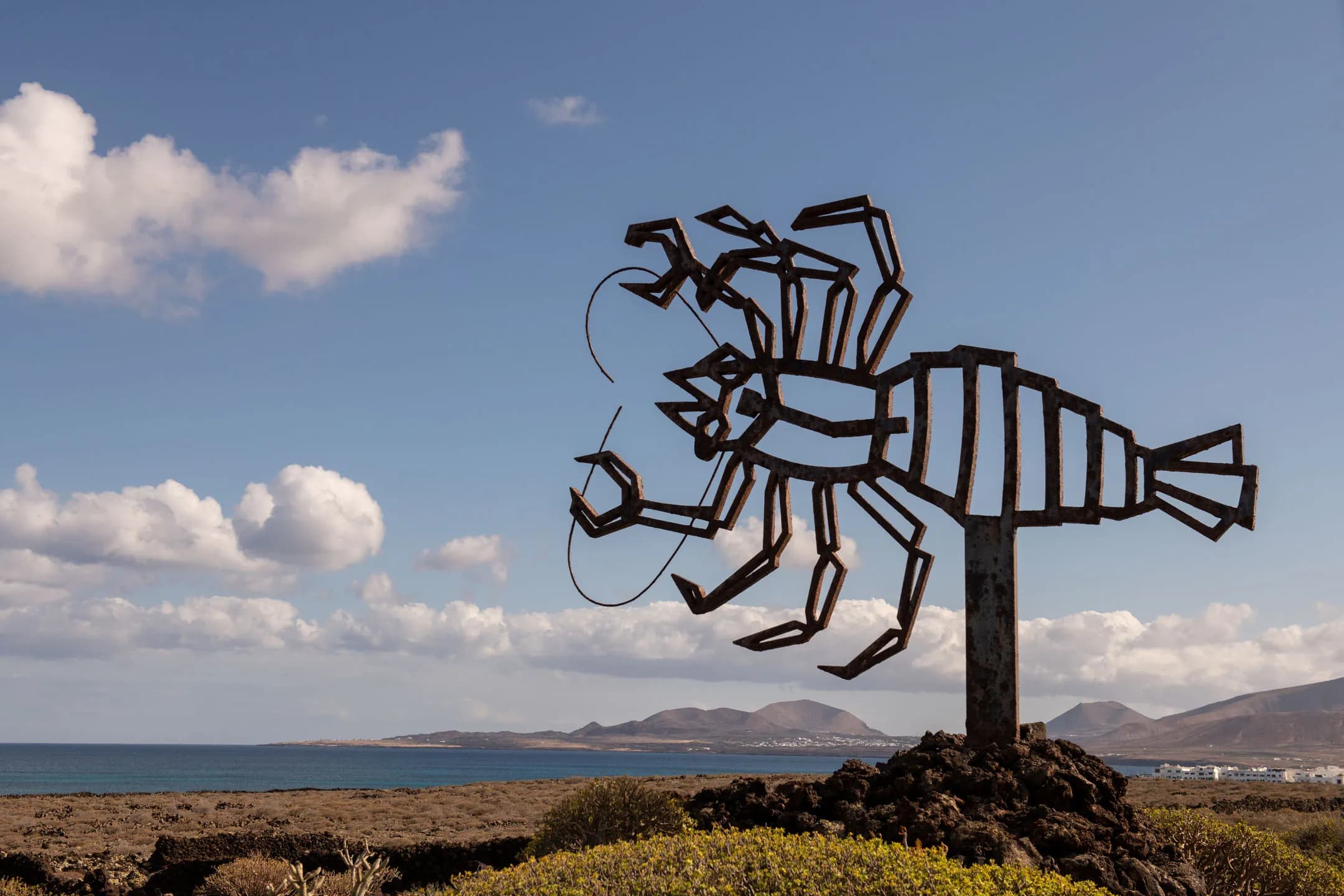
Arte en Armonía con la Naturaleza
César Manrique
Explora los sitios icónicos diseñados por el legendario artista César Manrique, donde el arte y la naturaleza se fusionan en perfecta armonía a través de Lanzarote.

Planifica Tu Aventura
Mapa Interactivo
Explora nuestro mapa interactivo para descubrir las mejores atracciones, restaurantes y lugares escondidos de Lanzarote con información detallada y direcciones.
¿Listo para Explorar Lanzarote?
Reserva tu estancia en nuestras villas y comienza tu aventura volcánica